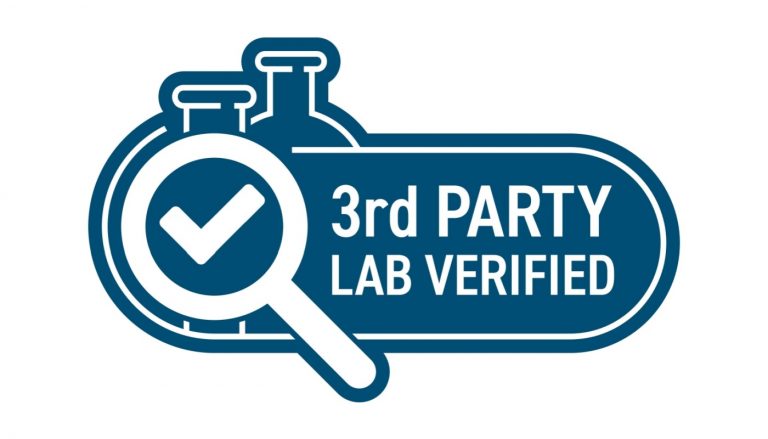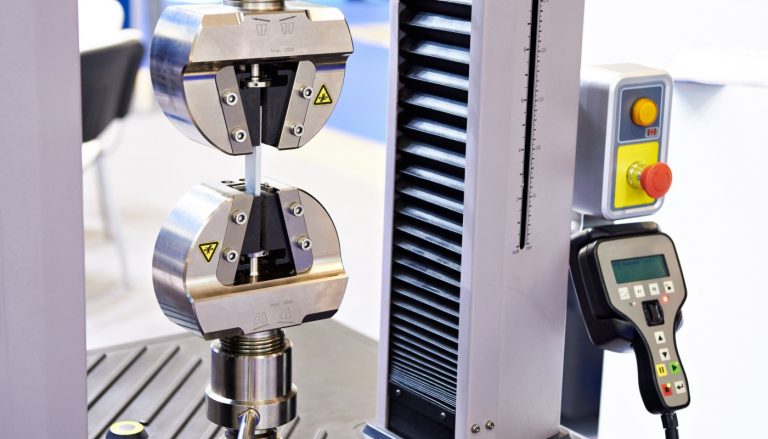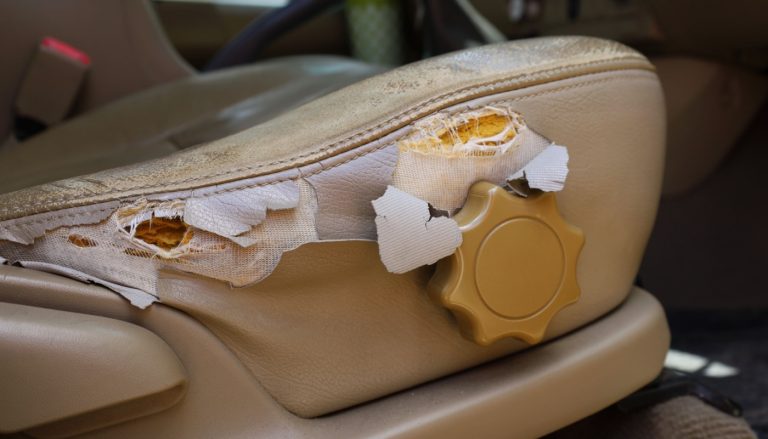Driving Change: Balancing Sustainability and Durability in Automotive Materials
The automotive industry is in the midst of a profound transformation. It feels like every day there’s a new push for more sustainable vehicles and manufacturing practices. We’re seeing everything from OEMs setting big, ambitious “green goals” to consumers actively seeking out rides with a smaller environmental footprint. This widespread commitment to sustainability is exciting, but it places significant demands on the materials that make up modern cars.
The biggest challenge facing engineers today is not just finding a sustainable alternative—it’s ensuring that this new, eco-friendly material is also a durable one.
The Evolution of Automotive Materials
For decades, the standard material choices were optimized for cost, weight, and proven performance. Now, sustainability is an equally critical metric, leading to a fascinating evolution in material science:
- Recycled Plastics: Using post-consumer recycled (PCR) content in components like wheel arch liners, underbody panels, and even interior fabrics.
- Bioplastics and Natural Fibers: Integrating materials derived from renewable sources, such as carbon fiber made from lignin or plastics reinforced with flax and hemp fibers.
- Lightweighting Composites: Developing advanced, lighter-weight materials to boost the range and efficiency of electric vehicles (EVs).
These innovations are critical to reaching a greener future. However, every change in chemical composition—whether it’s adding recycled content or substituting a petroleum-based polymer with a bio-plastic—can introduce new, unpredictable durability risks.
Bridging the Gap with Material Testing
At Ghesquiere Plastic Testing, we are keeping a close eye on these rapid changes and helping companies navigate the gap between sustainability and reliability. When a traditional material is swapped for an innovative one, the decades of established performance data are instantly obsolete. This is where rigorous material testing becomes the essential bridge.
We partner with manufacturers and suppliers to provide comprehensive testing that ensures new materials are truly ready to withstand the test of time and the elements. Material testing is essential to:
- Validate New Formulations: Assessing how the inclusion of recycled or bio-based content affects key properties like tensile strength, impact resistance, and long-term durability under heat and load.
- Weathering and UV Exposure: New polymers may degrade or fade differently than their predecessors. Accelerated weathering tests confirm they meet OEM standards for UV stability, especially for exterior trim and interior dashboards.
- Chemical Resistance: Determining how new sustainable coatings or plastics react to common automotive fluids like fuel, oils, windshield washer fluid, or even new high-efficiency coolants.
To explore the broader impact of materials on lifecycle assessments, the European Environment Agency offers great resources on the topic: [European Environment Agency – Circular Economy in the Automotive Sector].
Let’s Keep the Conversation Driving Forward
The move toward sustainable automotive manufacturing is a global team effort. It demands both innovation in the lab and validation in the testing chamber.
We are committed to helping your team ensure that your latest material breakthroughs are not just green but also robust and reliable. What are some of the most exciting sustainable material developments you’re seeing in the automotive world? Share your thoughts and innovations in the comments!
If you’re ready to discuss how GP Testing’s expertise can validate the next generation of sustainable materials for your project, book a consultation with our team.







